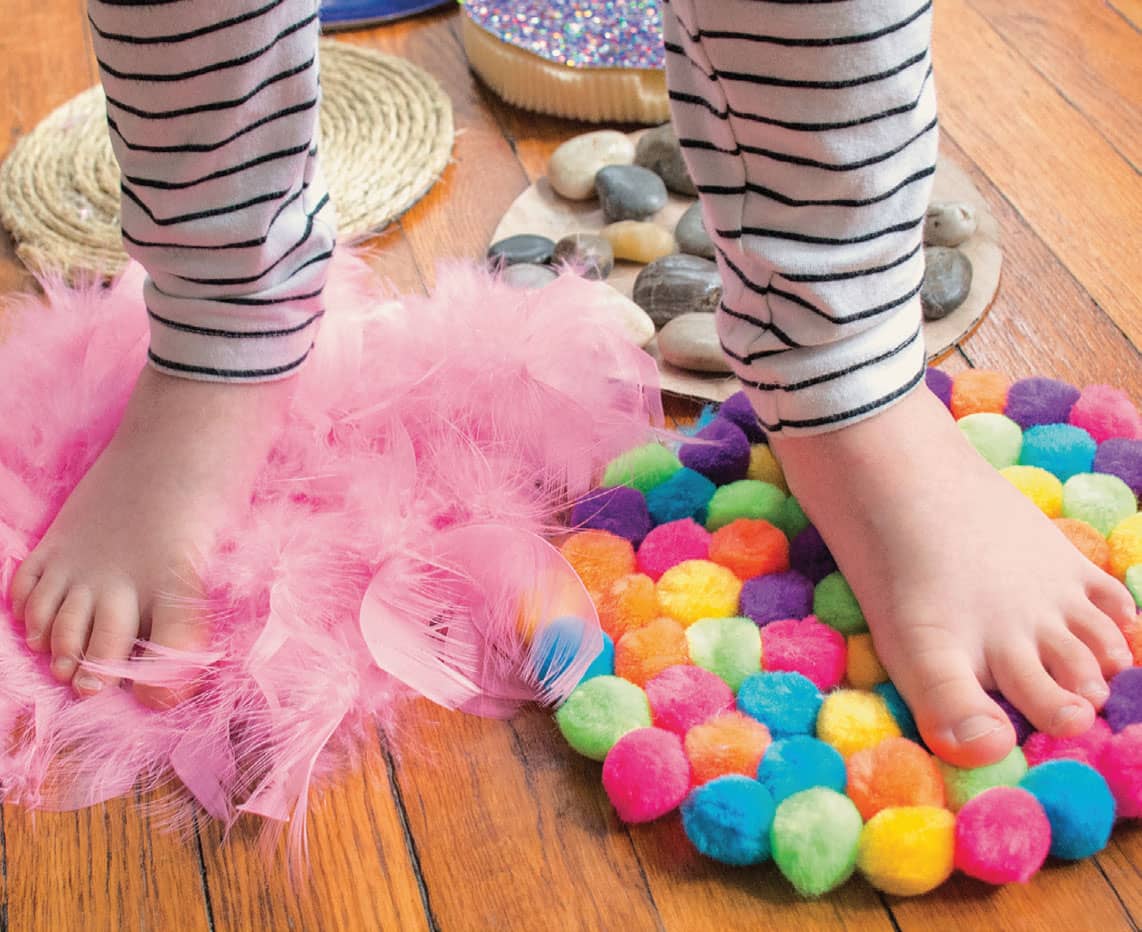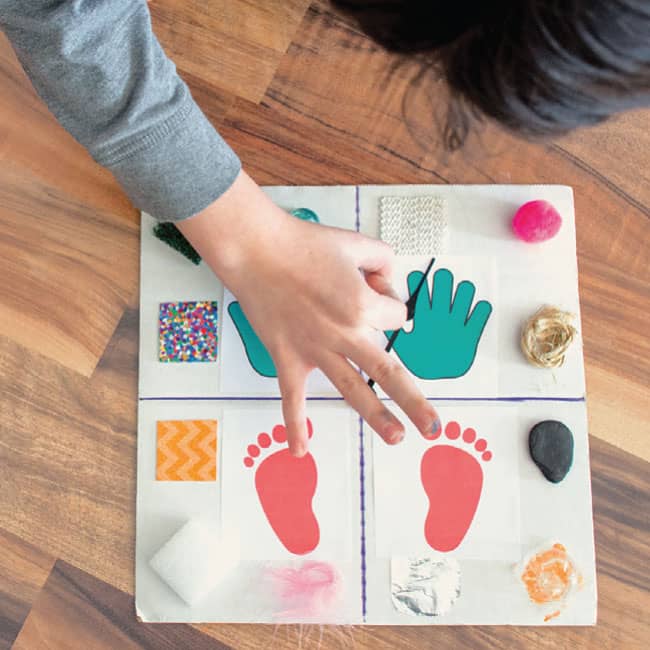Contents
Guide

Playful
LEARNING LAB
FOR
Kids
Whole-Body Sensory Adventures to Enhance Focus, Engagement, and Curiosity

Claire Heffron and Lauren Drobnjak
of The Inspired Treehouse

Introduction
AS SCHOOL-BASED THERAPISTS, we can count on hearing questions like these almost every single day
How can we get kids to focus, pay attention, and engage in the classroom?
Why cant kids these days just listen and sit still?
But if theres one thing weve come to understand, its that learning actually has very little to do with sitting still and a lot more to do with sensory experiences.
Todays kids are getting less stimulation of their vestibular and proprioceptive systemsthe sensory systems related to movementthan ever before. Higher academic expectations, testing, and assessments often mean more time sitting at desks, not to mention the trend toward more sedentary play activities, such as video games, computers, and tablets.
The vestibular system, responsible for balance and awareness of the bodys position in space, is stimulated when we swing, ride a bike, or turn upside down. The proprioceptive system, on the other hand, is stimulated by movement against resistance or through impact to the joints and muscles. When we jump, stomp, push, or pull, we stimulate our proprioceptive system. When kids get sufficient input to these movement senses through active play, they demonstrate better coordination, stronger spatial and body awareness, increased attention, and improved self-regulation.
When we consider the increase in kids who cant attend, cant stop fidgeting, and arent equipped with basic developmental skills needed for independence, its clear that all of this time spent sitting still really adds up.
Kids were meant to move. Its that simple.
What does movement have to do with learning? Everything.
When kids vestibular and proprioceptive systems are stimulated during movement-based learning activities, they demonstrate more attentive and focused behavior. With hands-on learning opportunities, kids are more engaged and demonstrate better understanding and retention of the concepts were teaching.
The bottom line is: Pencils and worksheets just dont cut it anymore. We can do better. We have to do better if we want all kidsregardless of their learning style or learning challengesto succeed in school.
Does it require a little more effort to create lessons and activities that engage all of the senses, especially the vestibular and proprioceptive systems? Definitely. But if youre reading this book, youre up for the challenge. Take learning to the next level by:
 Supporting teachers who want to create a culture of whole-body, active learning in their classrooms
Supporting teachers who want to create a culture of whole-body, active learning in their classrooms
 Encouraging therapists who know the benefits of movement and sensory play to bring these concepts into classrooms
Encouraging therapists who know the benefits of movement and sensory play to bring these concepts into classrooms
 Inspiring parents who want to create enriching play and learning experiences for their kids.
Inspiring parents who want to create enriching play and learning experiences for their kids.
What are you waiting for? Lets get moving and learning!
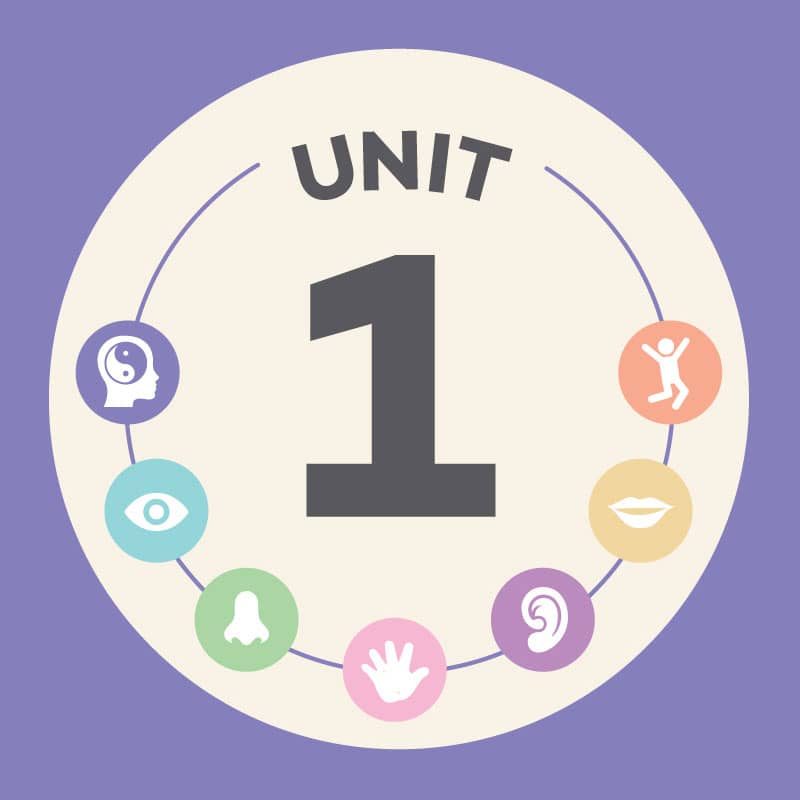
SENSORY ADVENTURES for Reading, Literacy, and Language
KIDS WILL SHAKE THEIR HANDS,
strengthen their core, and move to the rhythm of words as they explore reading, literacy, and language through playful activities.
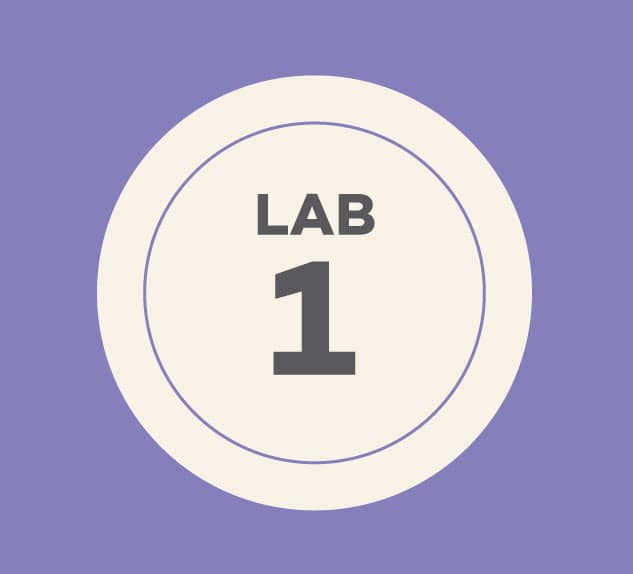
| Vocabulary-Building SENSORY SPOTS |
 Kids will love the feel of these tactile sensory spots! This activity is a great way to encourage descriptive vocabulary while promoting body awareness.
Kids will love the feel of these tactile sensory spots! This activity is a great way to encourage descriptive vocabulary while promoting body awareness.
MATERIALS
 13 pieces of cardboard cut into 12" (30 cm) circles
13 pieces of cardboard cut into 12" (30 cm) circles
 A variety of tactile materials (e.g. shiny craft paper, smooth rocks, foam, bubble wrap, rope, feathers, pompoms, flat-sided marbles, textured fabrics, etc.)
A variety of tactile materials (e.g. shiny craft paper, smooth rocks, foam, bubble wrap, rope, feathers, pompoms, flat-sided marbles, textured fabrics, etc.)
 Hot glue gun
Hot glue gun
 Clock hands from a craft store
Clock hands from a craft store
 Brad fastener
Brad fastener
 2 small metal washers
2 small metal washers
 Images of handprints and footprints
Images of handprints and footprints
 Non-skid shelf liner
Non-skid shelf liner
PREPARE FOR YOUR ADVENTURE
Assemble your sensory spots:
Cover 12 of the cardboard circles using the tactile materials listed. Use one material to cover two circles (fig. a).
Fig. a: Cover cardboard circles with tactile materials.
For fabric, paper, bubble wrap, etc., trace a 12" (30 cm) circle onto a material, cut out the circle, and hot glue it to the cardboard. For smooth rocks, feathers, etc., use one hot glue to cover the entire circle in the tactile material.
Cut a square of non-skid shelf liner and hot glue it to the bottom of each circle.
Assemble the spinner:
Take a sample of each material and hot glue it around the edge of the extra 12" (30 cm) cardboard circle (fig. b).





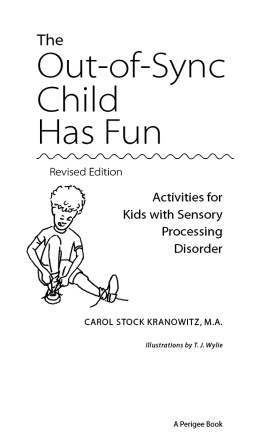
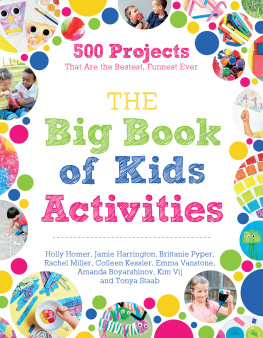
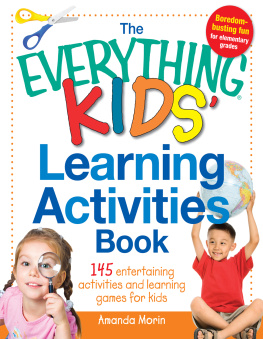




 Supporting teachers who want to create a culture of whole-body, active learning in their classrooms
Supporting teachers who want to create a culture of whole-body, active learning in their classrooms



